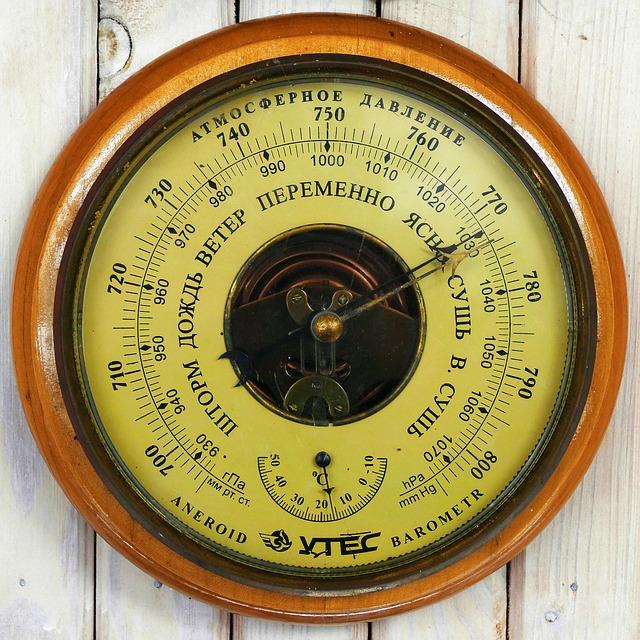The UK Ministry of Defence has accused a Russian spy ship of targeting Royal Air Force pilots with laser beams while they were tracking the vessel in international waters. According to British officials, the incident involved Russian naval intelligence personnel directing laser pointers at RAF reconnaissance aircraft, raising safety concerns and escalating tensions between the two countries. The UK government has condemned the actions, describing them as hazardous and provocative, amid ongoing geopolitical friction with Russia.
Russian Spy Ship Targets RAF Pilots with Laser Beams Raising Operational and Safety Concerns
British Royal Air Force pilots recently encountered a dangerous episode when a Russian intelligence vessel deployed laser beams targeting their aircraft while they were monitoring the ship’s movements. This incident has intensified existing concerns over the use of non-lethal weapons in close-proximity intelligence operations, raising alarms about potential long-term effects on pilot safety and operational integrity. The lasers, reportedly emitted multiple times, risked temporary visual impairment, complicating the pilots’ ability to conduct surveillance missions safely and effectively in contested airspace.
The UK Ministry of Defence highlighted several operational and safety challenges stemming from such tactics, emphasizing the urgent need for updated countermeasures and international regulation. The following table summarizes the key concerns associated with laser targeting in military aviation:
| Concern | Impact |
|---|---|
| Temporary visual disruption | Increased risk of mid-air mishaps |
| Equipment interference | Malfunctions in navigation and targeting systems |
| Psychological stress | Reduced pilot focus and operational readiness |
| Escalation risk | Potential for unintended military conflict |
- RAF commanders are now reviewing engagement protocols to mitigate laser-related threats.
- Experts call for a global dialogue on laser usage standards to protect aviators worldwide.
- Diplomatic responses are being prepared to address the breach of norms in aerial reconnaissance missions.
Analysis of the Incident Highlights Escalating Tensions Between UK and Russia in Maritime Surveillance
The recent incident involving a Russian spy ship allegedly directing lasers at Royal Air Force (RAF) pilots tracking its movements marks a significant escalation in already strained maritime surveillance operations between the UK and Russia. According to UK defense sources, the use of such technology is a provocative maneuver, raising concerns about the safety of military personnel engaged in routine reconnaissance missions over international waters. This hostile act not only jeopardizes physical safety but also signals Russia’s growing aggressiveness in countering Western intelligence efforts in strategically vital areas like the North Atlantic and the Nordic seas.
Experts highlight that this confrontation is part of a broader pattern of “close encounters” between Western and Russian naval and aerial assets, which have steadily increased over the past decade. Key factors contributing to this tension include:
- Enhanced Russian surveillance capabilities through advanced vessels and electronic warfare tools;
- Heightened NATO patrol frequency aiming to monitor Russia’s expanding naval activity;
- Strategic importance of maritime routes near the Arctic and North Atlantic;
- Political undertones fueled by diplomatic disputes and sanctions.
| Aspect | UK Perspective | Russian Perspective |
|---|---|---|
| Surveillance Activity | Routine tracking for security | Protection against perceived threats |
| Use of Technology | Standard electronic and radar tools | Deployment of laser devices reported |
| Impact | Safety risk to personnel | Demonstration of deterrence capabilities |
Recommendations for Enhancing Pilot Safety and Monitoring Protocols Amid Increasing Hostile Encounters
In light of recent hostile engagements, enhanced safety measures for pilots operating in contested airspaces are imperative. Incorporating advanced laser detection and countermeasure systems into aircraft can significantly reduce the risk posed by malicious laser targeting. Additionally, equipping pilots with real-time situational awareness tools and emergency protocols tailored for laser incidents will empower them to respond swiftly and effectively. Collaborative training exercises with allied forces focusing on hostile encounter scenarios can further elevate readiness and resilience, minimizing potential harm during actual confrontations.
Robust monitoring protocols also need urgent refinement to keep pace with escalating provocations. Implementing continuous electronic surveillance paired with AI-driven threat analysis can improve early identification of hostile behavior, such as laser targeting attempts. Establishing clear communication channels between aircrew, command centers, and allied tracking units ensures prompt information exchange and coordinated response strategies. The following table outlines key recommendations for strengthening pilot safety and monitoring practices:
| Area | Key Actions | Impact |
|---|---|---|
| Technology Upgrades | Laser sensors, countermeasures | Early detection, reduced pilot injury |
| Training & Protocols | Hostile incident simulations, emergency drills | Improved pilot response and safety |
| Surveillance Enhancements | AI threat analysis, continuous tracking | Proactive threat management |
| Communication | Real-time updates, joint command coordination | Better operational cohesion |
- Integrate cutting-edge laser detection equipment directly into fighter jets and reconnaissance aircraft.
- Standardize emergency response procedures to laser exposure, including pilot protective eyewear and cockpit shielding.
- Expand multinational joint exercises focusing on hostile airspace navigation and threat mitigation.
- Leverage AI-enabled monitoring systems that provide predictive analytics on hostile behavior patterns.
- Ensure seamless communication links between airborne units and ground control to facilitate rapid intelligence sharing.
In Summary
The incident adds to growing tensions between the UK and Russia amid ongoing concerns over military activities in international airspace. UK defense officials have condemned the use of laser devices as dangerous and provocative, emphasizing the importance of maintaining safety for aircrew during routine operations. Moscow has yet to respond to the latest allegations. The situation remains under close monitoring as diplomatic and military channels work to prevent further escalation.




